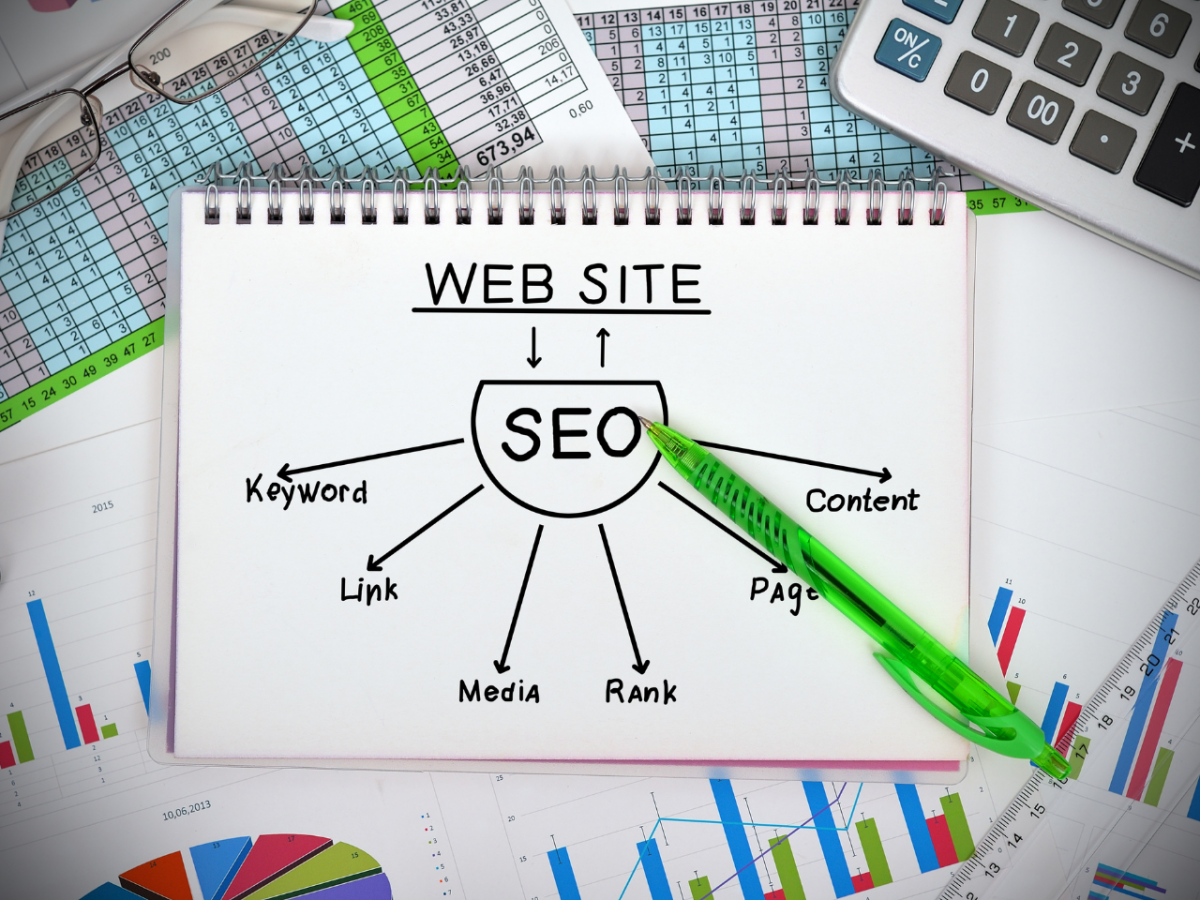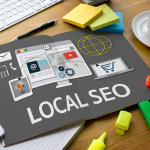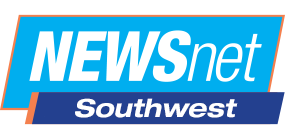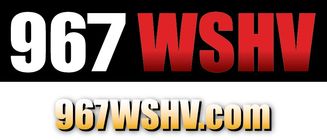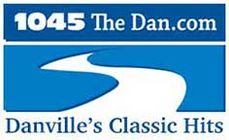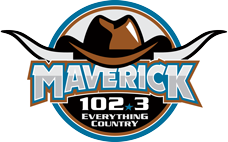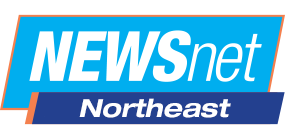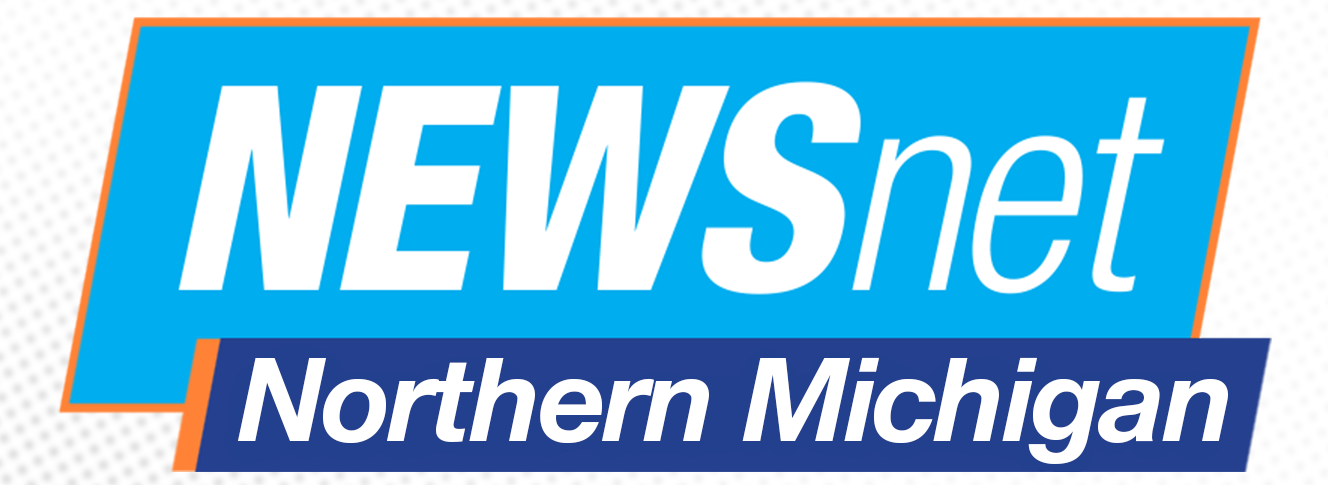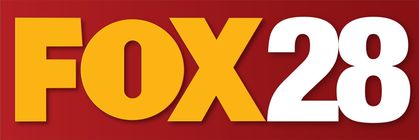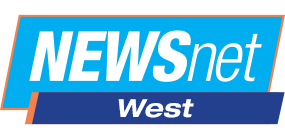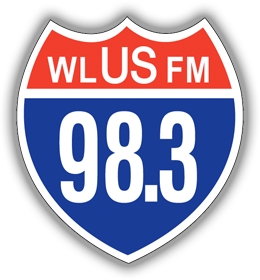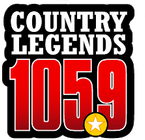Brookfield, CT - Google updates the Googlebot section in their help document, confirming that the crawlers will only crawl the first 15 MB of a webpage. Anything beyond this limit will not be included in calculating a page’s ranking. Note that this news is not a change to how Googlebot functions but merely an update Google hadn’t documented previously until now.
According to the documentation (non-verbatim), Googlebot can only crawl the first 15MB of an HTML file or any supported text-based file (Text, OpenOffice text, Rich Text Format). After this limit, Googlebot will halt crawling and consider only the content included within the first 15 MB for indexing. Images, videos, CSS, and any additional resources the HTML references will be fetched separately. This file size limit is also applicable for uncompressed data, and other crawlers may have limitations.
SEO Community Reaction Towards the Update
This update from Google left some SEO experts curious about how it can affect the industry. In a Twitter thread regarding the documentation update, somebody asked if this information means that Googlebot will completely ignore the text placed below images that meet the cutoff in HTML files.
John Mueller, a Google Search Advocate, clarifies that the update is specific to the HTML file. The embedded and added resources and content using IMG tags are not included in the HTML file.
What Does This News Mean for SEO
Experts suggest local SEOs in Connecticut place essential content near the top of web pages. This means that the page’s code must be structured so that any SEO-relevant information should be situated within the 15 MB cutoff on HTML or any text-based file supported by Google. This also means that SEOs should compress images and videos whenever possible and not directly encode them into the HTML.
Truthfully, this change will only affect very few people since one of the SEO best practices implemented today is to keep HTML pages to 100KB or less. Individuals with no idea how small or large their website’s size are can use various tools like Google Page Speed Insights or any other website page size checker.
This change might be problematic on paper because anything outside the 15 MB cutoff won’t be used for indexing. This theory is true on paper, but 15 MB is a considerable amount of actual HTML. It’s pretty challenging to go over that limit unless the web admin tries to publish an entire book’s worth of content on one page. If someone has pages containing 15 MB of HTML, they should inspect it for issues since it’s not normal, and the page may need fixing anyway.
Additionally, Google will fetch resources like images, videos, and JavaScript separately. Based on how Google explained how Googlebot works, it’s clear that the 15 MB limit is only applicable for HTML. And since it’s unusual for any pages to have any HTML of 15 MB or more, there’s not much need to worry about the file size limit or the content that’ll be indexed by this cutoff or not.
Why Local SEOs in Connecticut Should Care
It’s mandatory for local SEOs in Connecticut to keep their pages light if they want users and crawlers to maneuver their web pages conveniently. But the changes in the documentation clearly state that Googlebot will only consume a set amount of data from a page. As mentioned above, it’s unnatural for someone to publish content worth 15 MB or more. Still, the information revealed by Google can be handy for SEOs to understand the data limit for HTML. Therefore, this change in the documentation will be a handy reference for SEOs in the future.
###
About the company
Mack Media Group is Connecticut’s authority in Search Engine Optimization. They believe that digital marketing is a potent tool for business growth. They’re dedicated to bringing the power of SEO and other digital marketing services such as social media marketing, email marketing, and PPC Management to see your business goals come to fruition. They’ve helped countless clients in Connecticut and other places like New York, New Jersey, and Florida acquire more leads and convert them to paying customers. People who want to see their businesses succeed online are encouraged to get in touch with them to learn more about their services.
